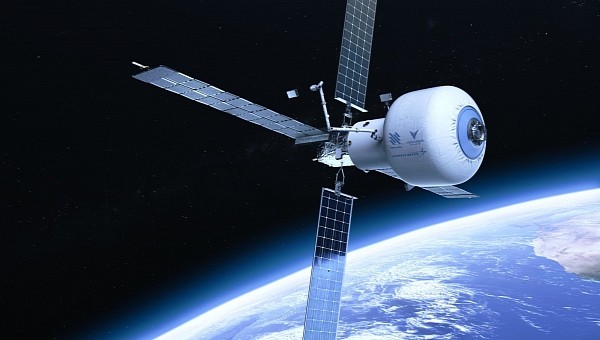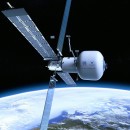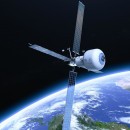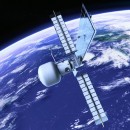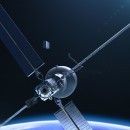There’s a lot of fuss going on right now in space exploration, and it’s not about the Artemis Moon exploration program or some crazy plan to colonize Mars. Most of it is about projects closer to home, in Earth orbit, where several space stations are currently being planned.
We’ve talked about some of these projects before, with the most advanced and likely-to-succeed being those cooked up by Blue Origin and Sierra Space (Orbital Reef), and a yet unnamed Northrop Grumman station. The Nanoracks, Voyager Space, and Lockheed Martin project called Starlab is also on this select list, and the following concerns it directly.
Last we heard about Starlab was in early December 2022, when NASA awarded the first contracts for the station, valued at $160 million and meant to cover the build’s design stage.
Now, as the new year is kicking into gear, one of the companies involved in the project, Voyager Space, announced it managed to secure the participation of a major aerospace company. It’s Airbus we’re talking about, and its role in Starlab is by no means small. The European company is from now on tasked with providing “technical design support and expertise for the Starlab space station,” although what that means exactly was not detailed.
Starlab is scheduled to be launched in 2028 (earlier plans called for it to become operational in 2027, but this is space exploration we’re dealing with, and delays seem to be a must), and it will be placed in low-Earth orbit (LEO) as a sort of orbital laboratory.
The place is described as the “first-ever free-flying commercial space station,” and will be made of a 340 cubic meters (12,000 cubic feet) inflatable habitat, a metallic docking node, a 60 kW power and propulsion element, and a robotic arm. Despite being smaller than the current International Space Station (ISS), it is supposed to “provide 100 percent of the International Space Station's payload capacity with the ability to conduct hundreds of experiments and technical investigations per year.”
The station will be capable of holding a crew of just four people at a time and will be comprising a biology lab, plant habitation lab, physical science and materials research lab, and an open workbench area. All of that will be neatly wrapped in a little package called the George Washington Carver (GWC) Science Park, located inside the structure.
Nanoracks is the company that will own and operate the station, and it’ll also be in charge of getting the whole thing to work as advertised. Voyager Space’s role is to find funds and partners (and the Airbus deal is a sign of the role being fulfilled), while the biggest company of them all, Lockheed Martin, has been named technical integrator.
Last we heard about Starlab was in early December 2022, when NASA awarded the first contracts for the station, valued at $160 million and meant to cover the build’s design stage.
Now, as the new year is kicking into gear, one of the companies involved in the project, Voyager Space, announced it managed to secure the participation of a major aerospace company. It’s Airbus we’re talking about, and its role in Starlab is by no means small. The European company is from now on tasked with providing “technical design support and expertise for the Starlab space station,” although what that means exactly was not detailed.
Starlab is scheduled to be launched in 2028 (earlier plans called for it to become operational in 2027, but this is space exploration we’re dealing with, and delays seem to be a must), and it will be placed in low-Earth orbit (LEO) as a sort of orbital laboratory.
The place is described as the “first-ever free-flying commercial space station,” and will be made of a 340 cubic meters (12,000 cubic feet) inflatable habitat, a metallic docking node, a 60 kW power and propulsion element, and a robotic arm. Despite being smaller than the current International Space Station (ISS), it is supposed to “provide 100 percent of the International Space Station's payload capacity with the ability to conduct hundreds of experiments and technical investigations per year.”
The station will be capable of holding a crew of just four people at a time and will be comprising a biology lab, plant habitation lab, physical science and materials research lab, and an open workbench area. All of that will be neatly wrapped in a little package called the George Washington Carver (GWC) Science Park, located inside the structure.
Nanoracks is the company that will own and operate the station, and it’ll also be in charge of getting the whole thing to work as advertised. Voyager Space’s role is to find funds and partners (and the Airbus deal is a sign of the role being fulfilled), while the biggest company of them all, Lockheed Martin, has been named technical integrator.
